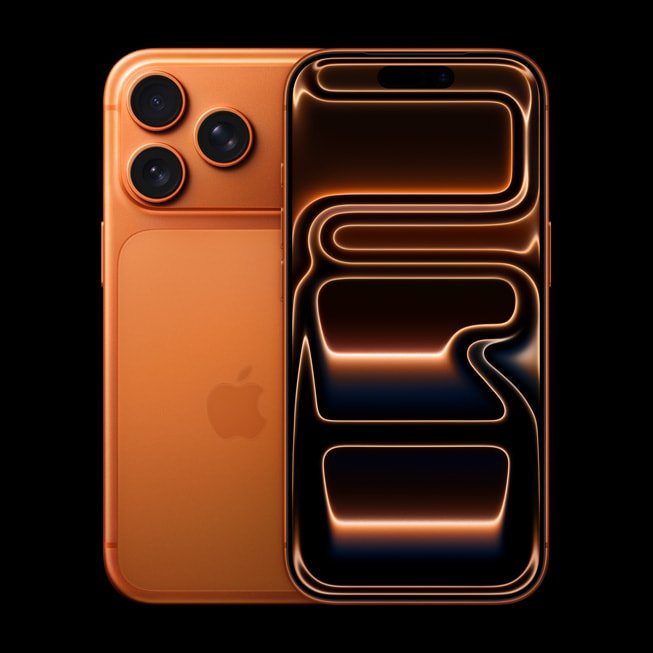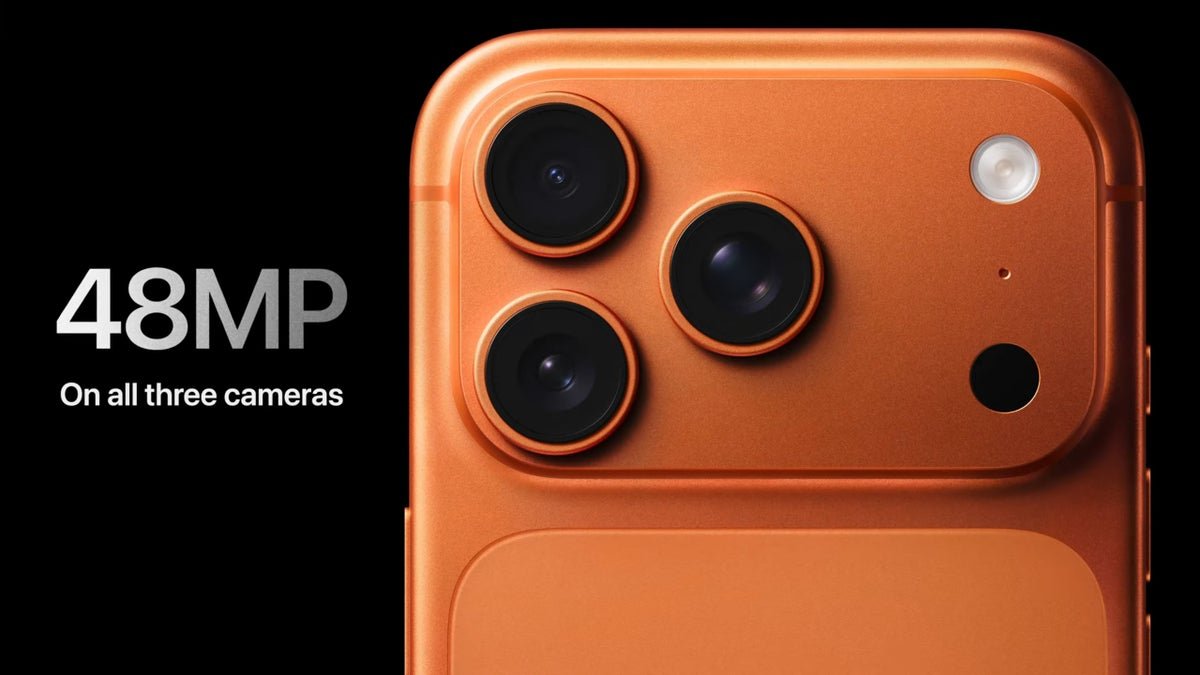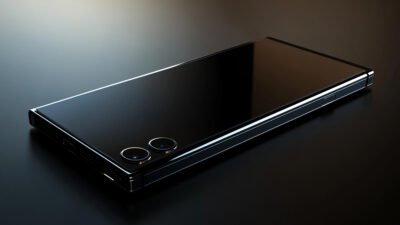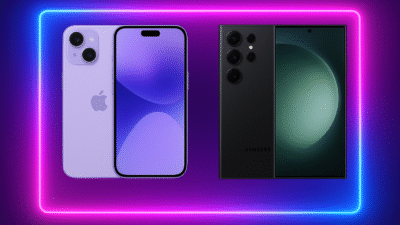Apple has once again pushed the envelope with the iPhone 17 lineup, launched in September 2025 alongside the new iPhone Air. With upgrades across display, camera, chip performance, battery life, and design, the iPhone 17 aims to deliver a more polished user experience. In this review, we’ll cover all the major changes, compare it with previous generation iPhones, highlight the pros & cons, and help you decide if it’s the upgrade you’ve been waiting for.

Table of Contents
- What’s New in iPhone 17
- Display & Design Upgrades
- Camera Improvements
- Performance & Hardware
- Battery Life & Charging
- Software & Features
- Price, Variants & Availability
- Pros vs Cons
- iPhone 17 vs iPhone 16: Should You Upgrade?
- Final Verdict
1. What’s New in iPhone 17
- Larger 6.3-inch display on the standard model (up from ~6.1″).
- ProMotion 120Hz refresh rate extended to more models (non-Pro too).
- New scratch resistance with Ceramic Shield 2, which offers significantly better protection.
- New A19 chip (3nm) for standard model; “Pro / Pro Max / Air” have upgraded chipsets (A19 Pro) depending on variant.
- The introduction of the iPhone Air sub-model: ultra-thin design, titanium frame, more premium build, and replacing the “Plus” variant in the lineup.
2. Display & Design Upgrades
- The standard iPhone 17 display is now larger (6.3-inch), with thinner bezels.
- Peak outdoor brightness boosted to ~3000 nits, for better visibility under strong light.
- ProMotion 120Hz, adaptive refresh rate, Always-On display mode enabled. These make UI interactions smoother and more modern.
- The iPhone Air sports a titanium frame and thinner body (more durable, premium look).
3. Camera Improvements
- All rear cameras have 48MP resolution in many of the models (Fusion Ultra-Wide, Main, etc.). This provides better image quality, more detail, especially in low light.
- Upgraded front camera: 18MP, improved for selfies, Center Stage support, wider views, stabilized video.
- Dual Capture features: record with front & rear cameras simultaneously.
- Improvements also in video: stabilized 4K HDR video, enhanced sensor performance, better color processing and wind noise reduction.
4. Performance & Hardware
- New A19 chip (3nm) provides better power efficiency and boost in CPU/GPU performance.
- Networking & connectivity upgrades: new N1 networking chip, support for Wi-Fi 7, Bluetooth 6, better hotspot performance.
- RAM & storage: base models start higher (standard storage increased), and Pro/Pro Max have higher memory specs.
5. Battery Life & Charging
- Video playback time improves: up to ~30 hours for iPhone 17, Pro/Max versions even longer (e.g. 39 hours for Pro Max).
- New Adaptive Power Mode in iOS 26 helps with battery saving via usage patterns.
- Charging improvements: 50% charge in ~20 minutes with new power adapter (40W+). Wireless MagSafe charging also improved.
6. Software & Features
- iOS 26 introduces new tools, adaptive features, possibly more AI/Assistive capabilities (e.g. smarter performance management).
- The standard model now gets features like Always-On display, higher refresh rate, etc., which were earlier Pro-only.
- eSIM usage expanding; some models may operate without physical SIM in supported regions.
7. Price, Variants & Availability
- Price for base iPhone 17 starts at US $799.
- Multiple variants: iPhone 17 (standard), iPhone Air (slimmer/premium design), iPhone 17 Pro, Pro Max.
- Available colors differ by model: standard colors include Lavender, Mist Blue, Sage, Black, White; Pro models have premium color options.
- Release date: Pre-orders open around September 12, 2025, and sales begin September 19, 2025.
8. Pros vs Cons
| ✅ Pros | ❗ Cons |
|---|---|
| Major display upgrade (120Hz, brighter, larger) even in non-Pro models | Premium pricing on higher-end models remains high |
| All 48MP rear cameras in many variants; improved selfie camera | Moderate leaps vs iPhone 16 in some areas—not huge innovation for existing Pro users |
| Better battery life + fast charging improvements | Charging speed still behind some Android rivals in absolute wattage |
| New design features (Air model, titanium frame) and connectivity upgrades | eSIM-only or physical SIM differences may affect regional buyers; less accessory variety early on |
9. iPhone 17 vs iPhone 16: Should You Upgrade?
If you have an iPhone 16 (especially Pro or Pro Max), some upgrades will be noticeable:
- Smoother UI and animations (120Hz if you didn’t have it before)
- Brighter display outdoors, better scratch resistance
- Improved camera quality & video capture features
- Slightly better battery and better charging performance
But if your iPhone 16 already serves well, or you have Pro Max, you might only get incremental improvements. For non-Pro or older iPhones (iPhone 14 or 15), the upgrade is more compelling.
10. Final Verdict
The iPhone 17 series marks a solid evolutionary step forward for Apple: stronger displays, improved cameras, better battery, more premium design touches (especially with the iPhone Air variant). While it may not be revolutionary for Pro users who already have high-end devices, for many users it offers enough new value to justify upgrading.
If you’re buying your first iPhone in a while, or you’re on an older device (iPhone 14 / 15 / 16 base), the iPhone 17 provides real benefits. However, if you want maximum value per dollar, waiting for deals or considering last-generation Pro models may also be sensible.




This article is exactly what I needed! Your insights are incredibly helpful.
I’m happy to hear you find value in my content. Thanks for your continued support!
You’ve changed the way I think about this topic. I appreciate your unique perspective.